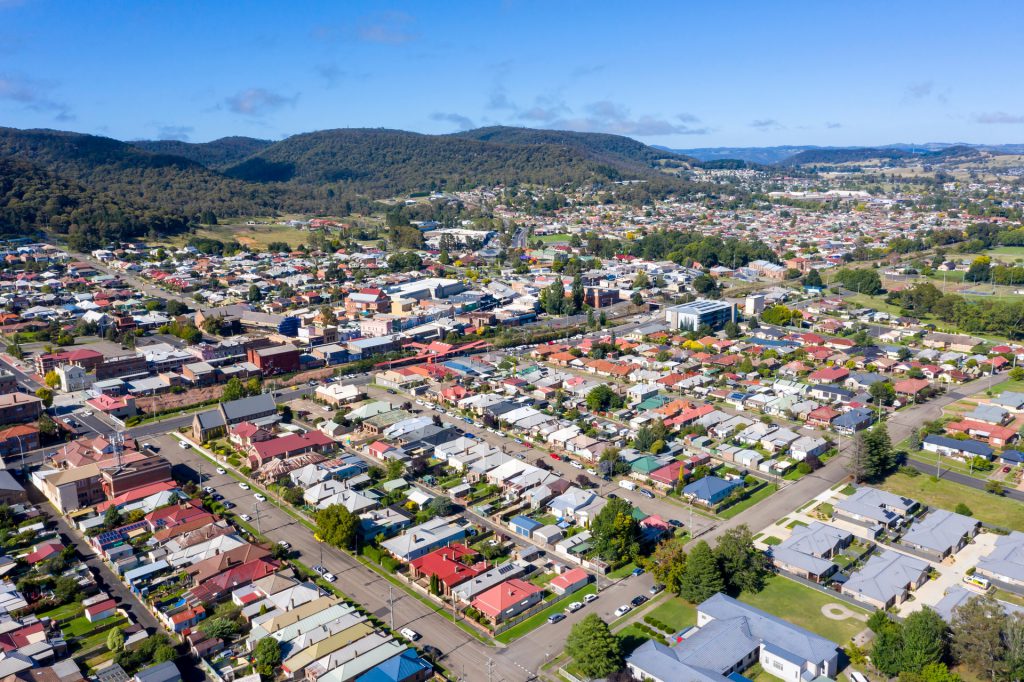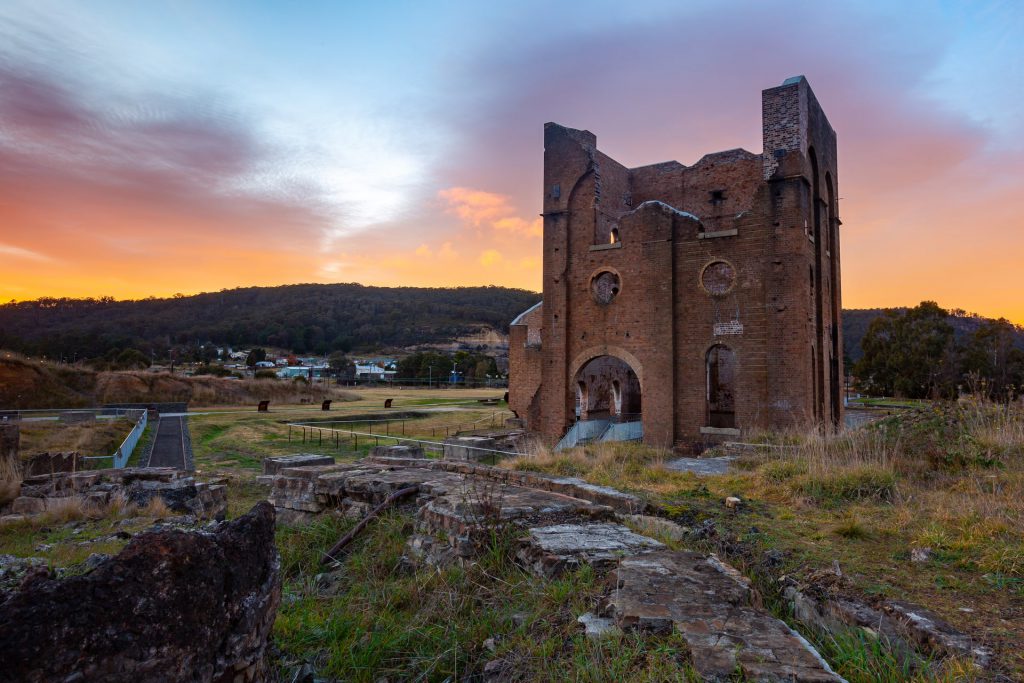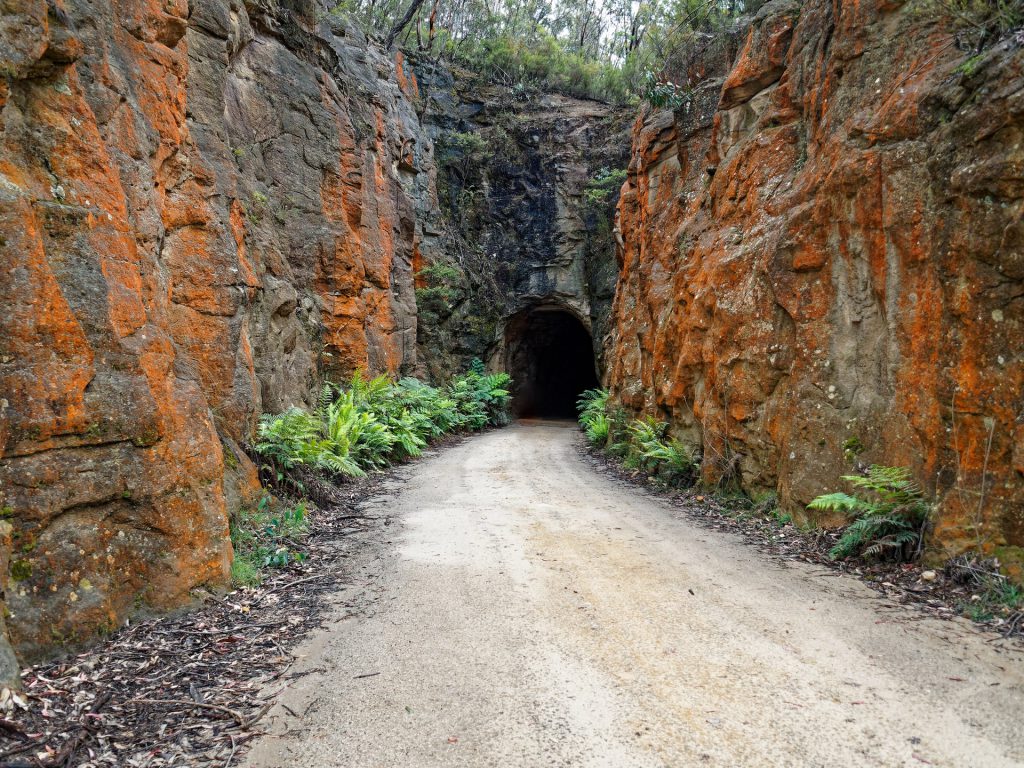There’s a certain type of traveller whose ears prick up when they hear words like “dilapidated” or “deserted”. They’re people who find a real atmosphere and connection to history in all things abandoned and underground. If that’s you to a tee or if you’re just curious about the world of ghost towns and more, read on to find out about some long cast aside pieces of history that YOU can visit.
At Trusted Travel, we’re not in the business of suggesting people go so far off the beaten track that they find themselves in places that are dangerous or illegal. The places we introduce you to here all have established tourist infrastructure, but don’t worry they’re little known gems that you will largely have to yourself.
A Bit About Lithgow
Perhaps best known for being the first “country town” beyond the Blue Mountains, many non‐locals would be surprised to learn that Lithgow was once one of Australia’s most important industrial hubs.
In the hundred or so years since Lithgow’s heyday, Australia’s industrial heartland has shifted to coastal cities like Newcastle, Wollongong and Whyalla.
All this adds up to Lithgow acting as a time capsule into Australia’s fascinating industrial past. Let’s have a look at three deserted places in and around Lithgow that make for an awesome weekend adventure.

1. Blast Furnace Park
The ruins of one of Australia’s first iron and steel works can be found in a lovely heritage park to the east of Lithgow’s centre. Remnants of the blast furnace stand tall in the park and are the centrepiece of the attraction.
A blast furnace was present on the site from 1886 but the ruins you will see date from a later incarnation built in 1907. This site was in use for just over 20 years before operations were moved to Port Kembla near Wollongong.
Today the Blast Furnace Park makes the perfect introduction for explorers who want to check out the abandoned sites of the Lithgow area.

2. Newnes
This could be Australia’s most surreal ghost town. Set deep in the Wolgan Valley, Newnes is a special place surrounded by sheer sandstone cliffs and dense eucalyptus forest. The now deserted village was once home to over 800 people! They came just after the turn of the 20th century to mine oil shale. Factories and refineries were built on site to process the rock into oil and related products like paraffin.
Newnes has been largely taken back by the bush, yet parts remain incredibly intact and paint a vivid picture of the town’s past. An interpretive trail complete with signs and plaques will take you an hour or two to walk.
Stay at the Newnes Cabins or the nearby camp ground to give yourself the opportunity to explore the place at night!
3. The Glow Worm Tunnel
In 1907, with the newly established mimes and factories at Newnes, came the need for a way to transport goods in and out of the Wolgan Valley. A train line connecting Newnes to Lithgow was hastily constructed and parts of the track alignment still form popular walking trails in the area.
The most dramatic remnant of this line is a 400m long tunnel now known as The Glow Worm Tunnel. This place really captures the coming together of the natural and human environments. In the almost 100 years since the tracks were ripped up, the tunnel had become home to a spectacular colony of glow worms.
The tunnel can be accessed by car from Lithgow or Clarence and there are also popular half and full day walks from the Wolgan Valley side. If you visit this place, please be quiet and don’t take any photos with a flash.

Follow us on Instagram for the latest news, travel updates and some sensational pics. Get involved in the TT Community Conversation.




